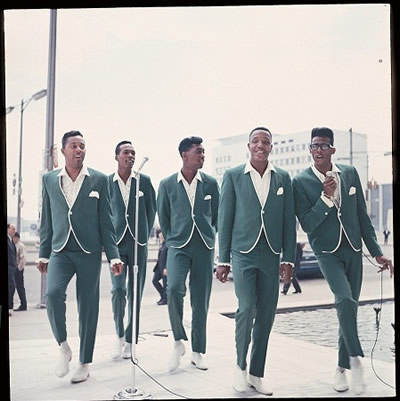Queering Musical History
Coming up June 16th, The Singing Bois will be part of Man2man, a masculine-of-center (MOC) musical extravaganza also featuring Felix Lee and the newly formed Vajayna Men’s Choir. This event was born a year ago, when co-producer Anand Jay Kalra and I met at an info session for the Queer Cultural Center’s Creating Queer Communities grant program. We decided to collaborate on an event that would showcase the range of identities and experiences of MOC folks: butch women, transmen, and genderqueer people. And it’s finally happening as part of the 19th National Queer Arts Festival! It’s been a wild ride learning to put on a production like this and I sincerely hope you can come and see it.
As part of the show, The Singing Bois will premiere a 40-minute excerpt of our musical revue, A Queerstory of the Boy Band. This piece travels through over 100 years of pop music history as we reconstruct and deconstruct classic performances by male vocal ensembles. From barbershop to boleros, Motown to millennium boy bands, we explore how masculinity has been performed through various eras and how female-bodied people can contribute to our understandings of it. We also want to show that “boy bands” started long ago and there is a rich musical lineage leading up to One Direction and the Backstreet boys. Key to this endeavor is drawing attention to the numerous artists of color that paved this way, as they are all too frequently forgotten in presentations of today’s groups.
And of course we’re going to queer things up! One of the foundations on which TSB is built is to honor our musical ancestors and infuse classic styles with LGBTQ narratives. The queer was always here – and I see part of our work is to bring to the surface what was surely present but not always publicly expressed by artists or their audiences in the past (and now). We’re not so much queering the past but allowing the queer past to reveal itself through us. In Queerstory, this also becomes a tool to comment on the standards of masculinity within the various styles we perform. How might the straight-laced, assimilationist performances of black masculinity in the vocal quartets of the 1930s and 1940s be thrown into relief when we break into a polyamorous soft shoe sequence? How might ruptures in our expectations about the musical past tell us an alternative story?
This piece is a big leap for TSB, as we incorporate choreography and theatrical staging. It probably comes at no surprise, then, that some of the seeds for the show reach back to several theater projects I did in Chicago way back when. First was a queer West Side Story, conceived and directed by Coya Paz and Michelle Campbell. This was a show that blended witty criticism of the poor race politics of the show/film with sexy drag kings and, well, more sexy drag kings. I played Tony. Then there was Machos, a show also shepherded by Paz that featured an all-female cast performing true stories about masculinity from interviews they conducted with over 100 men. As composer and sound designer on this project, I wrote the music for an original boy band song, finally having an outlet for my decade-long love for boy band songs. I mention these pieces, first, because they were smart, badass productions. More to the point, these shows were an early education for me as far as thinking about the performance of gender and sexuality. I learned so much collaborating with those artists in the past and am excited to continue some of these inquiries in Queerstory.
As we count down to June 16th, I’ll share more insights about the show, including answering the burning question: why boy bands??? Stayed tuned and know that, yes, that polyamorous tap dance is for real. //tr//




